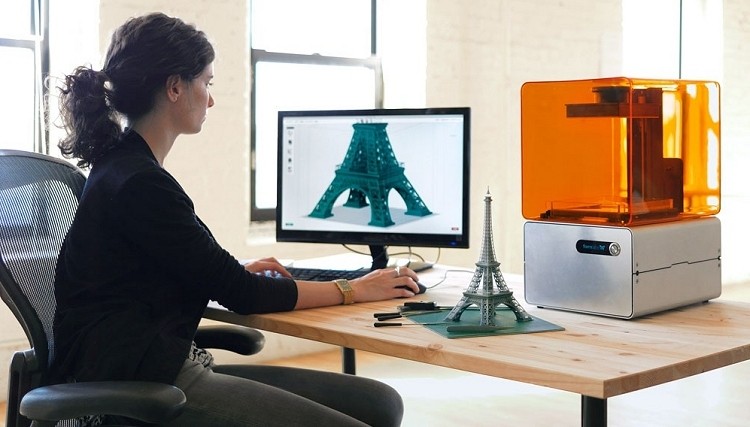Researchers at the Illinois Institute of Technology have released a study outlining the potential health risks associated with at-home 3D printers. The idea may seem a bit farfetched at first, but it's much more plausible when you consider the fact that industrial 3D printers typically use ventilation systems to expel airborne particles.
Brent Stephens and his team rounded up five of the most popular 3D printers including the MakerBot Replicator and the UP Mini. They found units which use both ABS and PLA polymers as feedstock were high emitters of ultrafine particles (UFPs). In fact, the printers put out nearly the same level of emissions as the operation of a laser printer or the burning of a cigarette.
The problem is that because of the tiny nature of the airborne particles, they often end up being inhaled and sucked into your lungs. From here, they are absorbed directly into the bloodstream. It's serious business as UFPs have been linked to all sorts of illnesses including asthma-like symptoms, lung cancer and even strokes.
It's worth clarifying that the researchers didn't delve into the actual chemical makeup of ABS and PLA emissions. Other studies, however, have found that ABS does have a toxic effect while PLA is widely used in drug deliver.
Based on the study, it'd probably be a good idea to take some basic precautions when operating a 3D printer at home. If you don't have access to a well-ventilated area, a respirator or basic face mask would be a good start.
